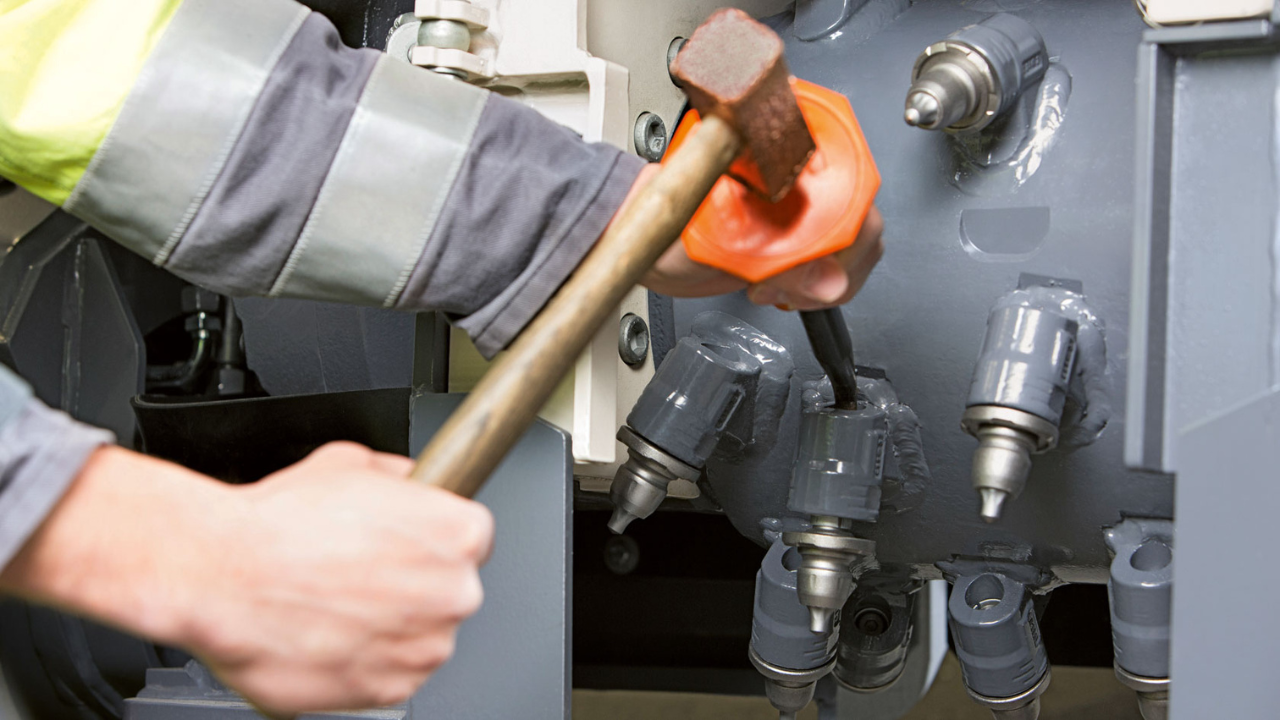The construction of roads using sustainable methods needs to happen to minimize environmental damage. Road milling teeth combined with cold recycling represent sustainable solutions that reduce waste output, protect resources, and decrease carbon emissions. These methods serve to enhance road infrastructure and produce lower environmental impacts from building operations.
Reduction in Material Waste
Road milling teeth combined with cold recycling techniques achieve their most important environmental benefit through material waste minimization. The standard road construction process leads to major landfill waste through the removal of old asphalt and concrete materials. Road milling teeth facilitate effective existing road surface milling operations that enable material reuse instead of purchasing new materials, thus reducing construction waste.
Lower Carbon Emissions
Modern infrastructure development sets carbon emission reduction as its top priority. The combination of road milling teeth with cold recycling serves this objective through the following benefits:
- The process of material reduction combined with extraction emission reduction leads to lower environmental impact.
- The practice of reduced raw material transportation leads to decreased fuel usage.
- The process of high-temperature construction elimination and greenhouse gas emission reduction occurs through traditional road construction methods.
Energy Efficiency
Cold recycling delivers superior energy efficiency when compared to traditional road construction procedures. Hot mix asphalt (HMA) production demands heating procedures that use significant amounts of energy while generating greenhouse gases during the heating period. Energy consumption decreases substantially because cold recycling operations do not require heating processes. The advanced design of road milling teeth enhances material removal efficiency, which reduces the total energy requirements during milling operations.
Conservation of Natural Resources
Road construction requires finite natural resources, including gravel sand and limestone, for its foundation. Habitat destruction, along with environmental degradation, occurs because of material extraction practices. The practice of cold recycling enables the reutilization of current materials, which decreases target operations and keeps natural resources intact.
Improved Air Quality
The construction of traditional roads produces dust together with volatile organic compounds (VOCs) and multiple pollutants, which negatively affect air quality. The elimination of asphalt heating and excessive material transportation during cold recycling operations reduces the total amount of airborne emissions. The design of contemporary road milling teeth incorporates features that decrease dust emissions, thus enhancing air quality in construction zones.
Cost-effective and Sustainable Road Maintenance
Road maintenance practices that sustain environmental variables also deliver strong economic benefits. The combination of road milling with cold recycling produces financial savings through these three factors:
- Lowering material expenses through reuse.
- The reduction of fuel usage occurs during transportation and processing operations.
- Road surface longevity increases through this method, which decreases the number of required maintenance operations.
Future Sustainability Trends
The development of modern technology will drive improvements in road milling teeth and cold recycling methods. Future trends include:
- The application of long-lasting and resistant materials on milling teeth will improve operational efficiency.
- Advanced sensor systems can optimize manufacturing milling operations.
- Eco-friendly binding agents for improved cold recycling performance.
Conclusion
Road milling teeth, together with cold recycling methods, serve as vital components for developing sustainable road infrastructure. These methods promote environmentally friendly infrastructure development through waste reduction, energy conservation, emission reduction, and natural resource preservation. The future of road construction efficiency will improve through innovation, which will create a sustainable and greener future.


